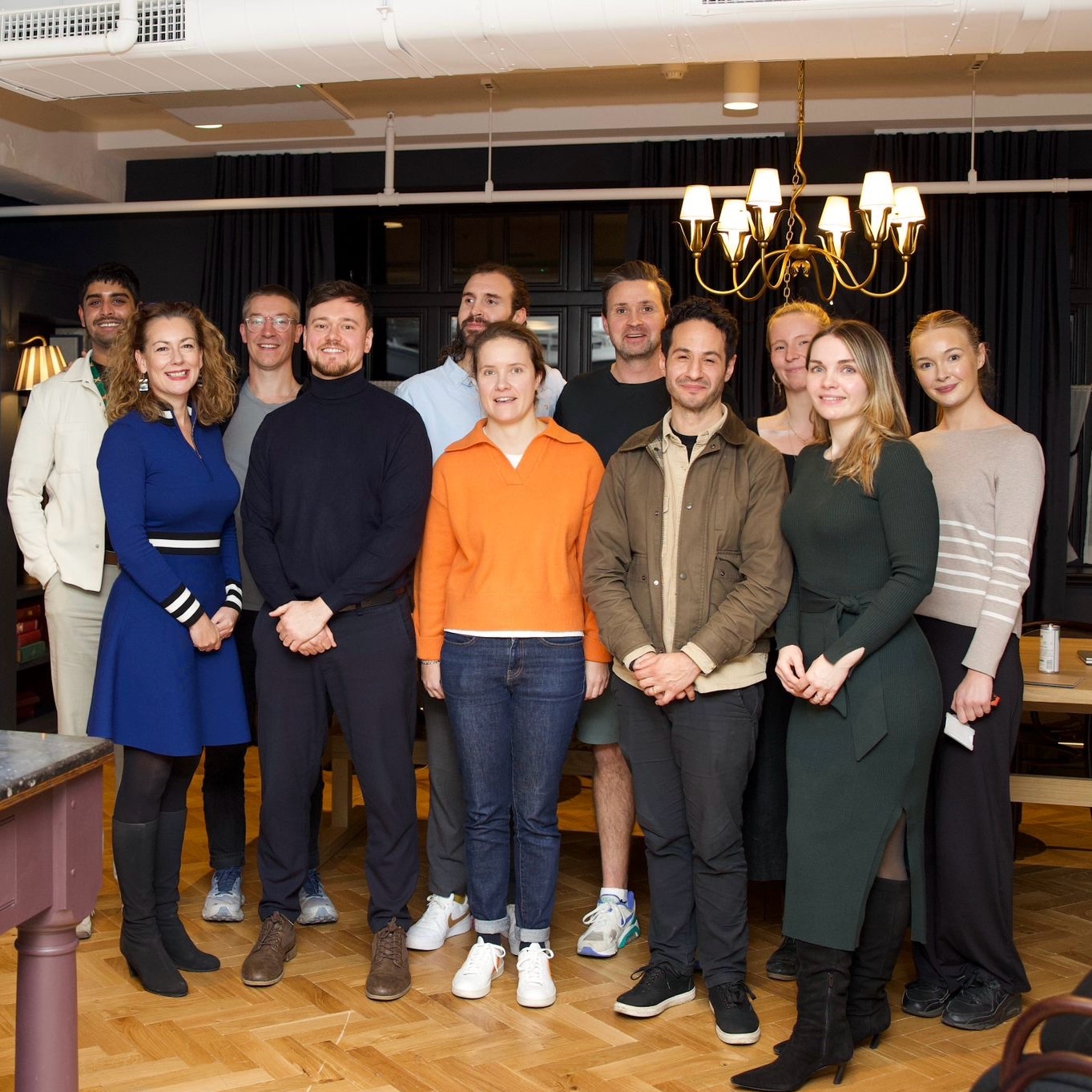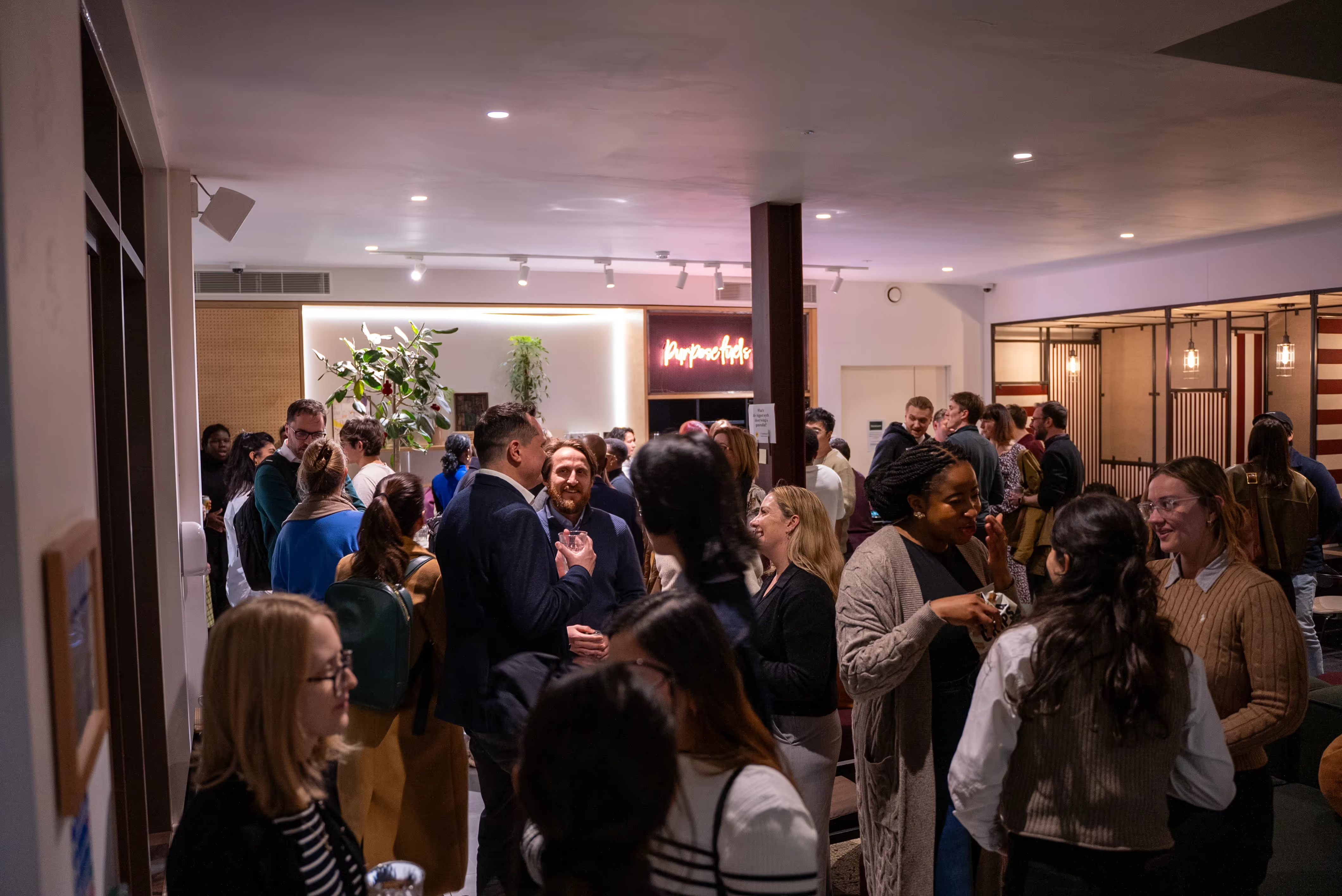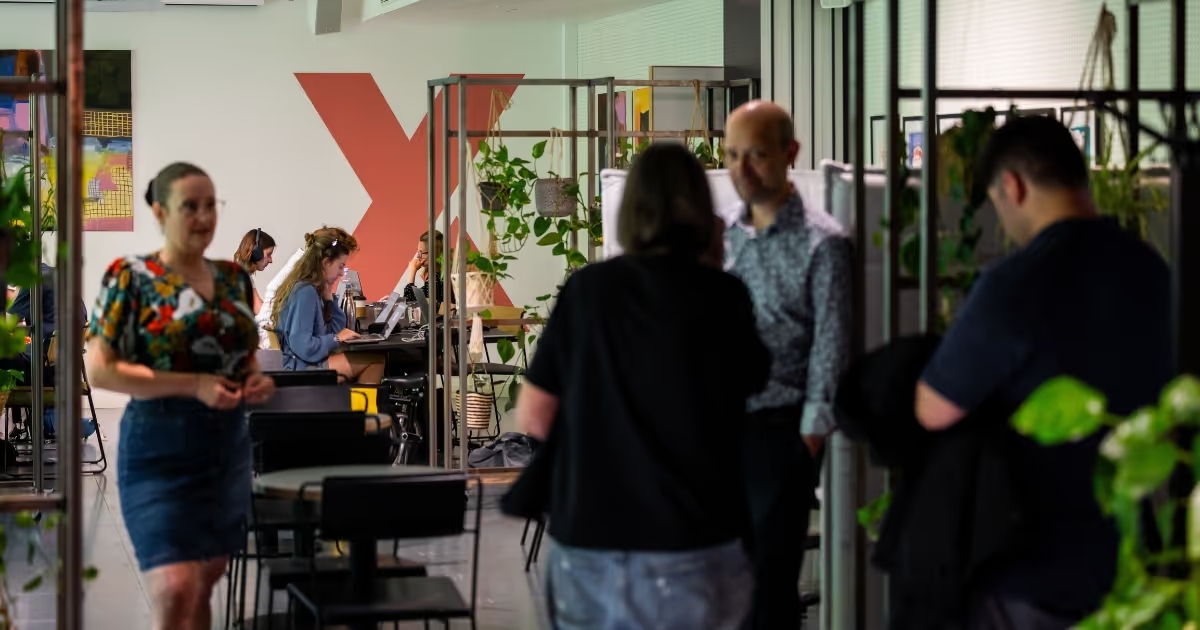With Easter around the corner, this month’s wellbeing recommendations focus on the holy trinity of holistic health: feeling, faith and fact. The Industrial era took us into a technology-driven age that fuelled a heavy emphasis on the tangible: objective metrics and data. However man is not machine, he is a meaning-making mechanism satisfied by the intangible elements of the spirit - the feeling and faith (values, attitudes and beliefs) that give significance to fact (data). This long weekends celebrations of resurrection, rebirth, and renewal through the medium of chocolate, have provided the inspiration for April’s focus on balance and the inseparable intersection between linear (rational, analytical, logical) and non-linear (creative, intuitive, emotional) approaches to life.
With Easter around the corner, this month’s wellbeing recommendations focus on the holy trinity of holistic health: feeling, faith and fact. The Industrial era took us into a technology-driven age that fuelled a heavy emphasis on the tangible: objective metrics and data. However man is not machine, he is a meaning-making mechanism satisfied by the intangible elements of the spirit - the feeling and faith (values, attitudes and beliefs) that give significance to fact (data). This long weekends celebrations of resurrection, rebirth, and renewal through the medium of chocolate, have provided the inspiration for April’s focus on balance and the inseparable intersection between linear (rational, analytical, logical) and non-linear (creative, intuitive, emotional) approaches to life.
{{divider}}
Recommended Read
{{divider}}
This month’s recommended read is a slightly provocative piece by Cambridge Researcher, Biologist and Author Dr Rupert Sheldrake PhD. The Science Delusion is a commentary on the ways in which many paradigms within science have become a paradogma. In his attempt to free the spirit of enquiry, Rupert Sheldrake explores some of life’s most fundamental mysteries through an alternative set of lenses.
{{divider}}
The main take homes to remember when navigating this are:
{{divider}}
- All scientific paradigms contain a base set of assumptions from which all further derived arguments are circular
- A paradigm becomes a paradogma when it rejects the possibility of alternative paradigms - i.e. it holds its base assumptions to absolute truth in that they are un-moveable and un-changeable unless by a higher decree
- Humans are a uniquely story-telling species, which highlights the importance of narrative and ritual in anthropological processes
- Different paradigms and lenses provide different narratives. One of the most interesting spaces in the spirit of enquiry is the grey area where seemingly conflicting narratives begin to intersect
- For example science and religion have often been viewed as existing on polar ends of the spectrum. This is because Newtonian science is based on objectivism and the Popperian philosophical foundation that you can only disprove something, not prove it. Whereas religion hinges on the ineffable and the notion that there are things that you cannot test.
- However, mathematics such as Gödel’s theorems on the incompleteness of formal logic demonstrate that the two are not mutually exclusive and the two philosophies can co-exist, the difference is mostly based on emergent and reductionist lenses.
- Scientists practicing a diverse array of faiths have contributed to the rise of the scientific revolution, which demonstrates the impact of cultural container in expressing and framing the interpretation of experimental findings.
- To illustrate: the laws of gravity exist no matter what beliefs one holds about their origins, but different lenses provide different narratives or languages to communicate and explain these laws (mathematical perspectives, physics perspectives, the biological impacts) and humans automatically contextualise these laws in line with their values, attitudes and beliefs - which may be a mix of those that are innate, formulated through personal experiences, or accepted as cultural.
- {{divider}}
Purposeful Podcasting
{{divider}}
Dr Sam Harris PhD is a neuroscience researcher and author. Some of his best-selling works include The End of Faith, The Moral Landscape, Free Will and Waking Up. In his podcast with Author and Entrepreneur Tim Ferris - Spirituality, Neuroscience and Meditation explores the evolutionary science behind the uses and types of meditation, the hard-wired neuroscience of the religious experience as a taboo element of human consciousness, and the positive impacts of many traditional practices on mental health and wellbeing.
{{divider}}
Positively-Impactful Product
{{divider}}
Happiful are a certified B Corporation who’s mission is to create a healthier, happier and more sustainable society and to challenge the stigma around mental health. The Happiful mission consists of four statements:
{{divider}}
- To raise awareness of mental health - not just physical health. They are passionate about informing and supporting people who are looking for help.
- To bring people together, whether it’s connecting people to professional help, or building friendships.
- To end the stigma of mental health. Mental illness and poor mental health are not things to be ashamed about, they are proud to lead the way in allowing people to publish their stories with their own voice. There are also many prevailing misconceptions about mental health and methods for management that need to be challenged.
- To have a positive impact on the world, through looking after their staff, readers, society and the planet. The Happiful Family is a group of wellness directories connecting people to professional help for counselling, life coaching, hypnotherapy, nutrition and complementary therapies. Their national print magazine and mobile app are dedicated to raising the conversation around mental health and helping people seek support when they need it.
{{divider}}
Virtuous Visits
{{divider}}
The Anthropology Horniman Museum and Gardens is one of the most significant ethnographic collections in the United Kingdom. It comprises approximately 80,000 objects from around the world, and includes artefacts of major national and international significance.
{{divider}}
Through the anthropology collection you can find a path into understanding the everyday lives and beliefs of people from all over the world, including ourselves. The quality, diversity and beauty of the objects in the collection are testament to the technical, aesthetic and practical skills of people throughout the world. The collection is constantly being researched and added to.
{{divider}}
Frederick Horniman was an avid collector of European material, acquiring examples of items which were in danger of being lost as a result of industrialisation and urbanisation. Since then, donations from England, Romania and the Balkans (amongst others) have greatly enhanced the collections.
{{divider}}
Rewarding Recipes
{{divider}}
This recipe is takes its inspiration from some of the more unusual finds abroad. The Francesinha might not be the healthiest dish, but it is ok for the occasional soul food - a famous Portuguese dish that originates from Porto, the literal translation for its name is ‘Little French Girl’.
{{divider}}
Contrary to the name, it’s a rather large meat-cake of a sandwich filled with layers of beef, cured meats, fresh sausages, chicken, and topped with melted cheese, covered with a tomato or shrimp sauce... It’s a meat and carb heavy meal that is believed to be a Portuguese adaptation of the French classic, the Croque-Monsieur.
{{divider}}
One theory is that during the French occupation of Porto in the early 19th century, the locals were introduced to the French habit of eating cheese and meat sandwiches, before making the idea their own and creating the Francesinha. Like many of Portugal’s famous dishes, beliefs about who the creator is, and figuring out where to find the best version is a heated debate!
{{divider}}
Ingredients
{{divider}}
For the Sauce:
- 1tsp olive oil
- 1tbsp lard
- 1 small onion – thinly sliced
- 2 garlic cloves – roughly chopped
- 1 bay leaf
- 1 tin of diced tomatoes
- 400ml beef stock
- ½ cup ruby port wine
- 500ml blonde beer
- 1 piri-piri seedless
- 2tbsp Worcester sauce
- Salt
- Black pepper
- {{divider}}
For the Francesinha
{{divider}}
- 2 slices of soft bread
- 1 thin beef steak – tenderized
- 1 pork sausage
- 1 cured pork sausage – linguiça
- 2 slices of ham
- 5 slices of cheese
- 1 egg
- {{divider}}
Method
{{divider}}
Place a medium saucepan over low to medium heat. Once the pan is hot, add the lard, olive oil, garlic, and bay leaf. Let it cook for a minute before adding the onion. Let it simmer for about 8 minutes until the onion turns translucent.
{{divider}}
- Add the tinned tomatoes and the beef stock. Bring it to a boil and let it simmer for about 10 minutes.
- Add the remaining sauce ingredients: port wine, beer, piri-piri and Worcestershire sauce, cook for another 10 minutes.
- With a hand mixer, blend everything until smooth. Let the sauce simmer for 30 minutes. The texture should be similar to a gravy, but slightly more liquid.
- If necessary, add some corn starch or other thickening to your taste. Make sure to dissolve it in cold water before adding to the mixture. Let it cook until it reaches your preferred texture.
- Season it with salt and black pepper, set it aside.
- Place a frying pan over high heat. Meanwhile, cut the sausages in half then butterfly-cut them.
- Fry the sausages in their own fat, then use the remaining fat to fry the steak. Finally, lightly fry the ham slices.
- Gently toast the bread slices. Start putting the Francesinha together: On a plate, place one bread slice, then a slice of cheese, ham, steak, the sausages, and the final bread slice.
- Fry the egg, place it on top of the sandwich, cover it with the cheese slices, leaving the egg-yolk visible.
- Bring the sauce to a boil, then spoon it on top of the sandwich. The hot sauce will melt the cheese. Serve it either with a side of French fries, or surrounded by fries if your plate is big enough!



.png)
.avif)


.avif)


.avif)
.avif)



